
The Constitutional Court ordered the Municipality of Santa Cruz and the Ministry of Environment and Energy (MINAE) to ensure that the lighting at Coco Beach, in Marbella, doesn’t affect the turtles laying eggs in the area.
Sea turtles, like Olive Ridley turtles, nest on that beach. However, artificial lights close to the shore can disorient hatchlings heading out to sea.
The order came from a writ of protection filed by the president of the Costa Rican Federation for Environmental Conservation (FECON), Dany Villalobos.
In July of 2020, Villalobos asked the Municipal Council of Santa Cruz, through an extraordinary appeal for review, to annul a motion passed by the council members in December of 2017, in which they gave approval for Coopeguanacaste to install two electric utility poles in the maritime land zone of Coco Beach in Marbella.
The federation points out that there were no scientific or technical studies prior to the installation of the poles and that, to the contrary, they don’t protect biodiversity in violation of the Inter-American Convention (IAC) for the Protection and Conservation of Sea Turtles, ratified by Costa Rica in 1999. The IAC promotes the protection, conservation and recovery of sea turtles and their habitats.
The mere act of installing the posts in a highly fragile site, as SETENA considers it, without an environmental assessment is quite serious,” said the lawyer who is handling the case, Alvaro Sagot. “It is an alarm bell that it could generate a more serious situation,” Sagot pointed out.
On July 23, 2020, the council members agreed to send the appeal to the legal affairs and environmental affairs commissions for both to analyze it and give an opinion and recommendations. However, five months later, the commissions hadn’t given their opinion.
In light of the lack of response, the group went to the Constitutional Court. Now, the magistrates are making a decision regarding the appeal for protection in file 20-023353-0007-CO, which will add to a history of questions raised about development on the Marbella coast.
The last thing that happened in this dispute occurred on December 21, 2020, when the court asked the Municipality of Santa Cruz and MINAE for a report on the case and the precautionary measure to ensure that the artificial lighting in question doesn’t affect the turtles nesting.
Precautionary Measure and Request for Reports
The technical director of the Tempisque Conservation Area (ACT- Área de Conservación Tempisque), Mauricio Mendez, confirmed in an inspection on December 23, 2020 that Coco Beach, in Marbella, is a nesting point. Mendez found turtle egg shells, as well as tracks left by a sea turtle that landed on the beach.
The director visited the area to collect information and send the report to the Constitutional Court. During the visit, he also located the two parallel electric poles situated in front of the beach. However, he affirmed that they don’t have lights. The same has been said by the Municipality of Santa Cruz when asked previously.
According to Mendez, since the posts don’t have lights, they haven’t coordinated any action with the municipality to comply with the precautionary measure. “There is no light pollution, at least not from public streetlights,” he said.
However, the lawsuit argues that the poles “feed several businesses located in an illegal site,” Sagot said. “It’s part of the claim that we are making to the municipality, that they have allowed construction in the maritime land zone,” he added.
The maritime land zone is an area that consists of the first 200 meters in width from what is uncovered at low tide, and it is divided into two sections: the public zone (the first 50 meters) and the restricted zone (the next 150 meters). The law that regulates it (No. 6043) establishes that no one can build in the public area since it, as well as all the natural resources in it, must be protected.
In fact, Mendez thinks that the lighting from businesses like the Tiki Hut might affect the turtles. “You’d have to go at night and see how they are managing the lights. If they aren’t well managed, they’ll be seen from the beach,” he said. “The restaurant may have to be addressed, but it isn’t mentioned directly there [in the writ of protection] so I didn’t consider it on the day of the visit,” the SINAC official justified.
“Every conservation effort is important and every nest is important,” the ACT director also pointed out.
If they are assessing placing lights, they would definitely have to consider that [it is a nesting site] and some technical recommendations such as, for example, that the lights aren’t seen from the beach.”
But he emphasized: “It’s complicated there [where the posts are located]. If they put lights on those posts, there is no way they wouldn’t be seen.”
The Voice of Guanacaste contacted the head of the Maritime Land Zone Department, Jeancarlos Hernandez, by phone but he requested to be sent the questions via email. Hernandez hadn’t responded to the inquiries by the time when this article was published (see the questions sent at the end of this article).
The Voice also sent inquiries via email to the president of the council, Maricela Moreno, but likewise received no response by the deadline for this article (see questions sent at the end of this article).
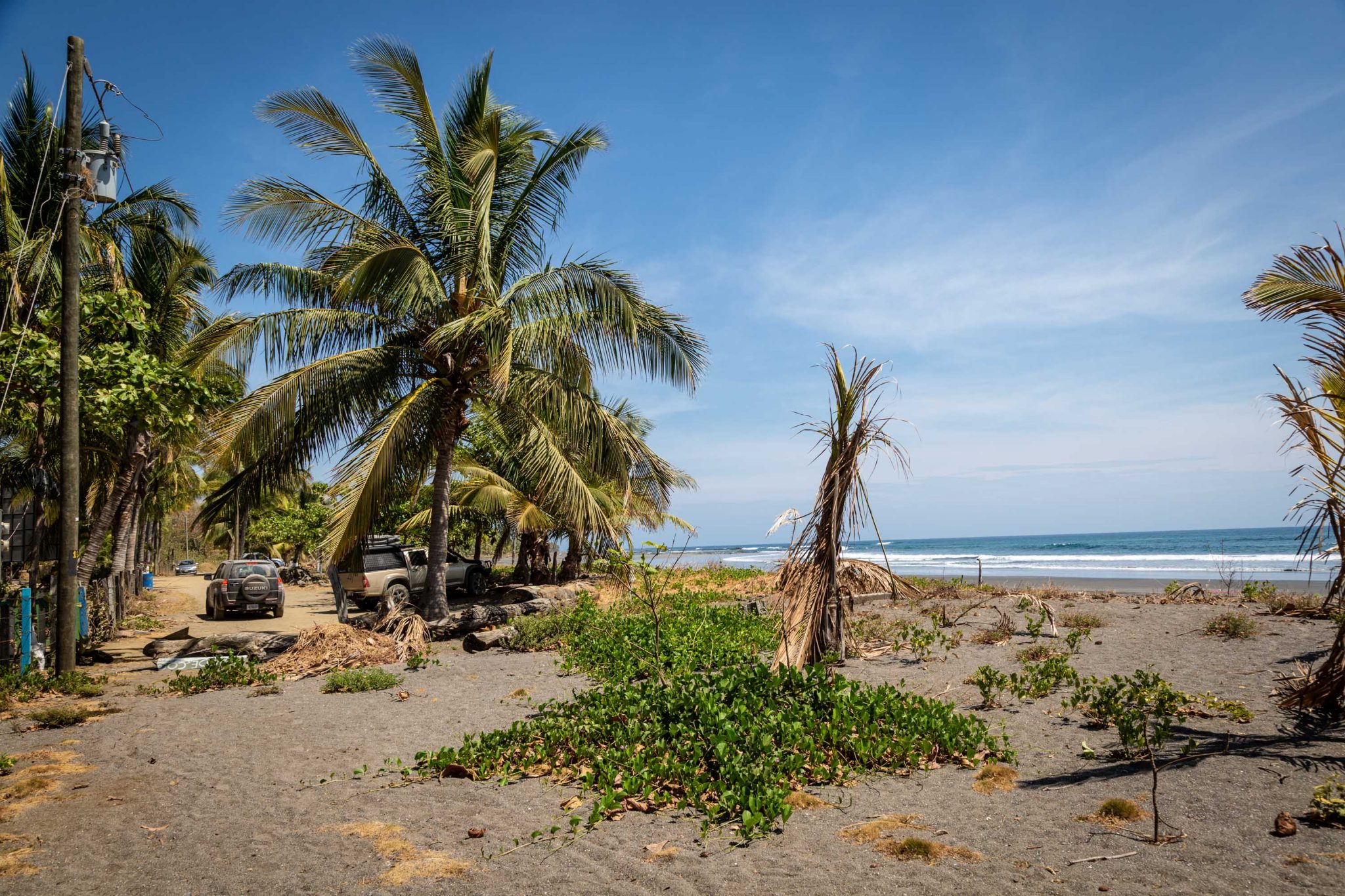
The two posts are located in the sand at Coco Beach in Marbella. The Municipal Council of Santa Cruz authorized Coopeguanacaste to install them in the maritime land zone in December of 2017. Since then, first Marbella Verde and now FECON claim that there is an environmental impact. Photo: Cesar Arroyo Castro.
An Unsolved Problem.
This is not the first time that the municipality has been questioned about the maritime land zone ordinance on the coast of Marbella. In 2018, the Constitutional Court ruled on another writ of protection filed by the former Marbella Verde Association.
In December of 2017 and in April of 2018, the organization requested explanations about the posts placed on Coco Beach, about a bridge and constructions in the public area, but the municipality didn’t respond to environmental complaints, but just made an inspection.
The Court gave a period of one month for the municipality to provide responses to the organization, but there was never a resolution by the local government, which alleged not knowing the boundary limits of the maritime land zone, despite being the one who administers it.
In January of 2020, the head of the Maritime Land Zone department at the time, Onias Contreras, told The Voice of Guanacaste, “There are no markers there” to mark the boundary limits of the maritime land zone. According to Contreras, they had already requested that the National Geographic Institute mark the boundary.
The Voice received no response from the municipality regarding progress on marking the boundary. However, the technical director of the ACT, Mauricio Mendez, explained that anyone can see these demarcations on the National Territorial Information System (SINAC- Sistema Nacional de Información Territorial) website, snitcr.go.cr, and verify them in the field with a topographer.
A topographer downloads that layer [from the website where the digital lines that define the maritime land zone appear], mounts it on topography equipment and takes it out into the field to determine it,” he said.
What the FECON group denounces is that, using these arguments, the municipality has allowed construction in the public area of the maritime land zone.
In January 2020, for example, Contreras confirmed that the Tiki Hut restaurant has a municipal license to operate and is registered as private property in the name of American Jeffrey Allen, who is under investigation by AyA for alleged irregularities in the administration of community water.
If this or any other construction is within the first 50 meters of the maritime land zone, the municipality would have to demolish it, indicated former Santa Cruz maritime land zone department manager Onias Contreras.
_______
Questions sent to the head of the Maritime Land Zone Department, Jeacarlos Hernandez:
-
In 2018, you had verified the presence of the power lines and even said that one of the poles was in the public zone but that they didn’t have lights. According to the surveillance and inspections of the maritime land zone that you guys carry out, since when have these poles had public lighting?
-
Regarding the notification from the Constitutional Court, what actions has the municipality taken to comply with the order to adopt measures to not affect turtles nesting by the power lines?
-
Did the municipality send the report requested by the Constitutional Court, and on what date?
-
Complaints from neighbors about the power lines aren’t new. Rather, it is a recurring theme. Here is a link to another resolution from the Court in 2018 that indicates the same problem. Why is it still unresolved?
-
A year ago, the maritime land zone coordinator at the time, Onias Contreras, told us that one of the problems was that the public area didn’t have boundary markers but that they had already requested that the boundary be marked. At this time, do boundary markers exist or what progress has been made with that demarcation?
-
If the demarcation already exists and, as Contreras said, the Tiki Hut restaurant is located in part of the public zone, what actions has the department taken to be able to organize the maritime land zone to comply with the ordinance?
Questions sent to the president of the Municipal Council of Santa Cruz, Maricela Moreno:
-
Is what Mr. Villalobos alleges true regarding the lack of response to his extraordinary appeal for review? If so, why has the legal affairs commission not issued an opinion?
-
What actions did the municipal council take, is it taking or will it take to resolve Mr. Villalobos’ appeal for review?
-
In addition, the Constitutional Court ordered the municipality “to coordinate the necessary actions and adopt the pertinent measures so that the alleged nesting of turtles in the sector indicated by the appellant is not affected by the alleged light pollution that it is claimed could cause the contested action.” What role is the municipal council having or will it have to resolve this precautionary measure imposed by the Constitutional Court?


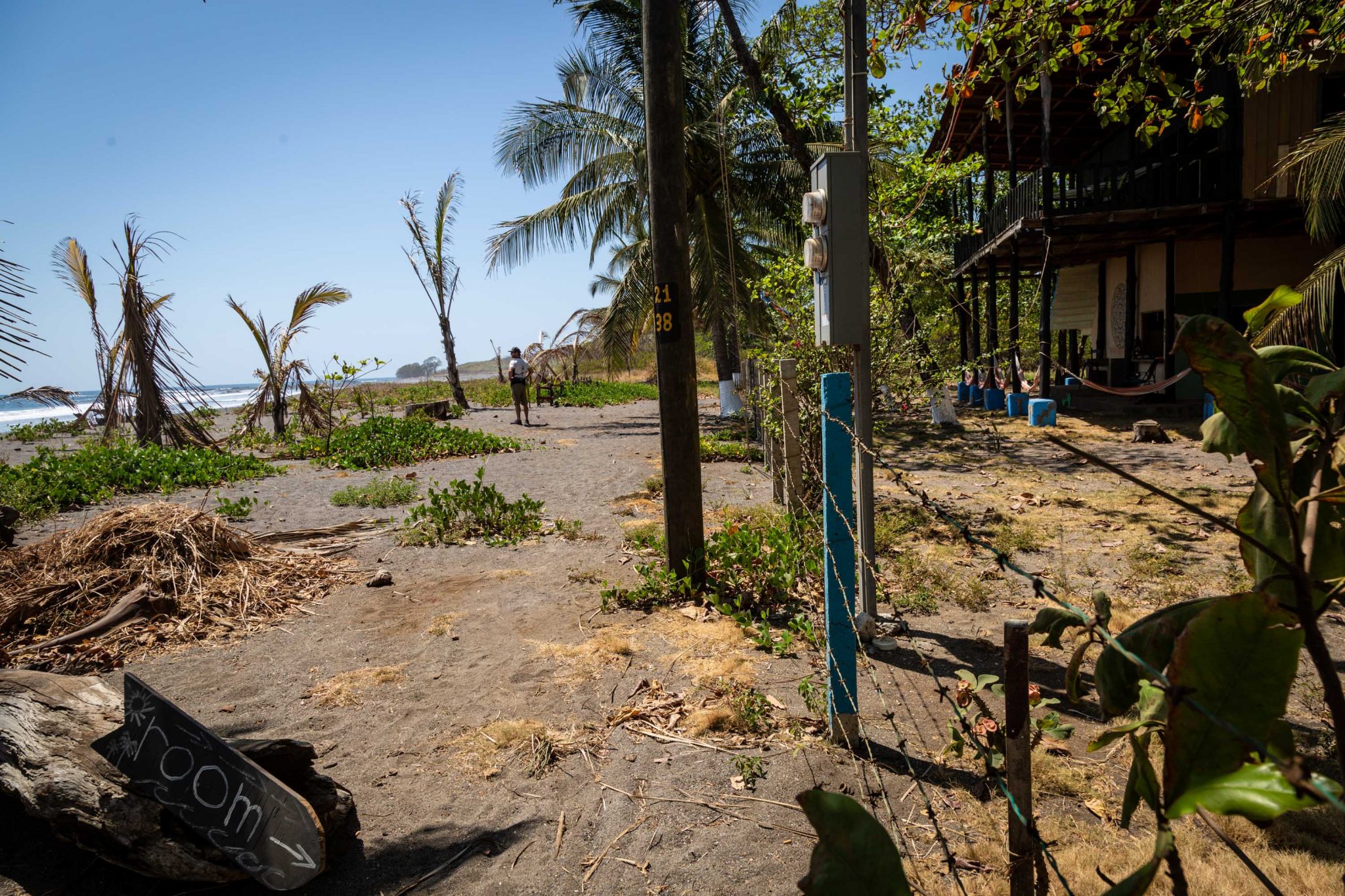
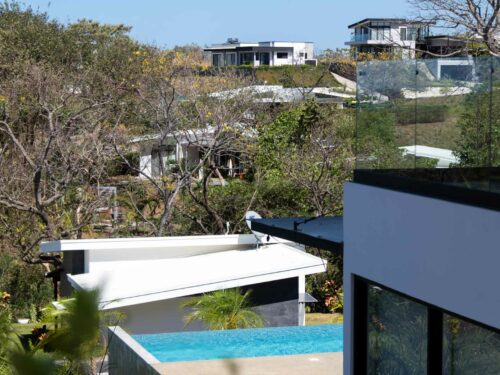
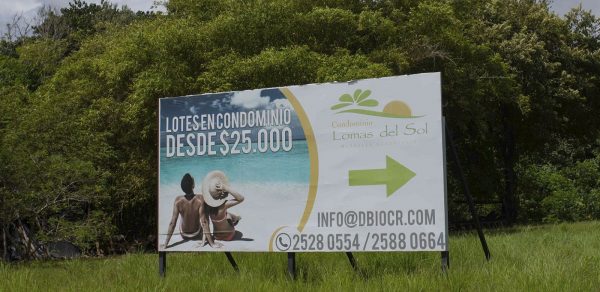
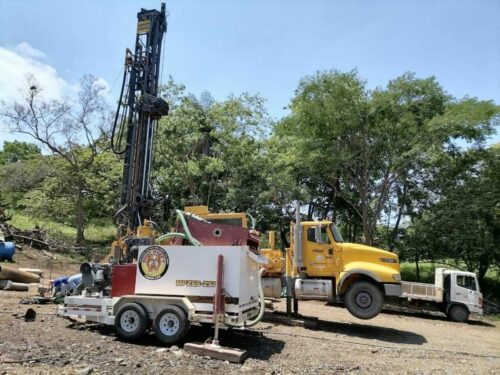

Comments